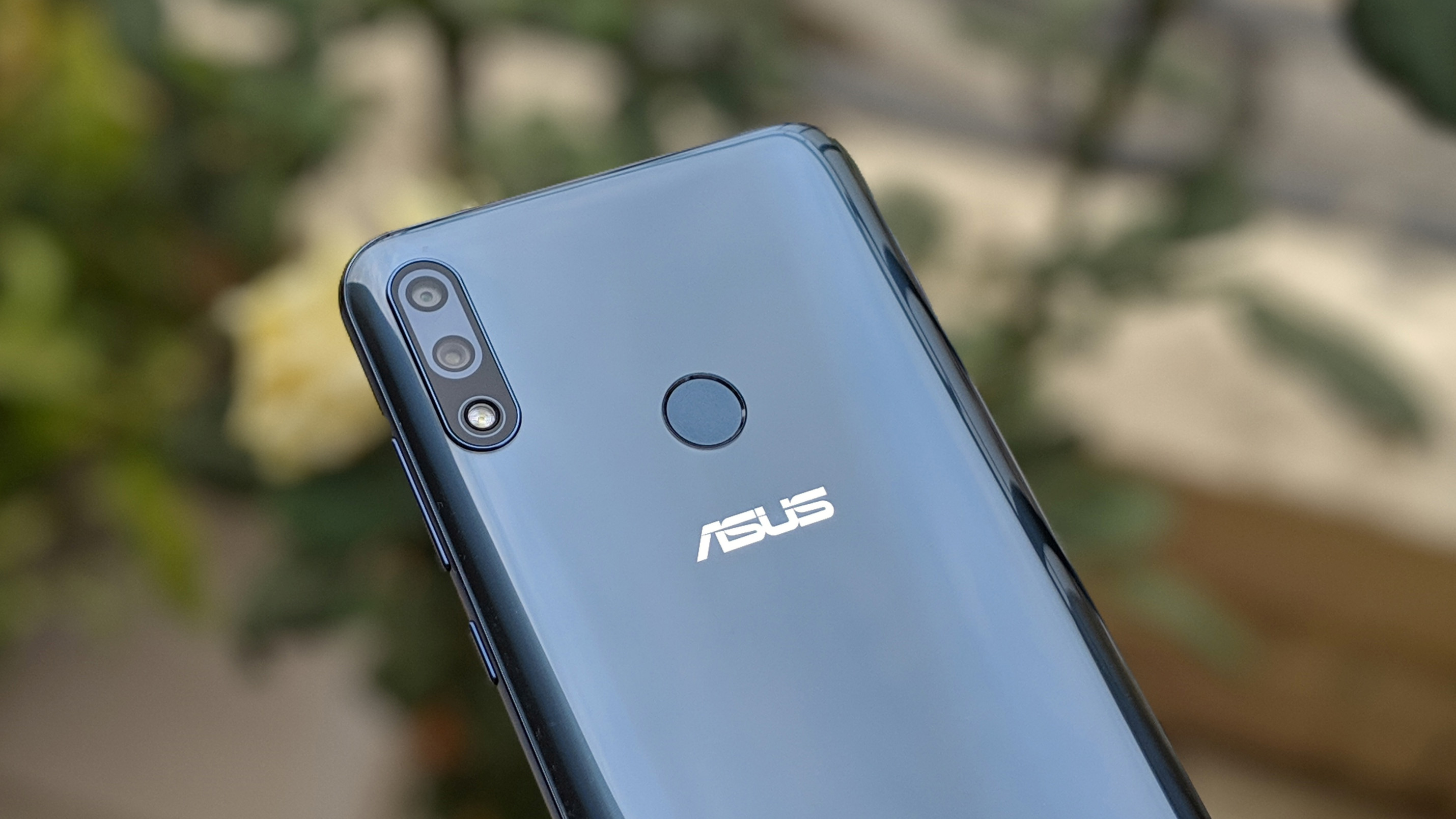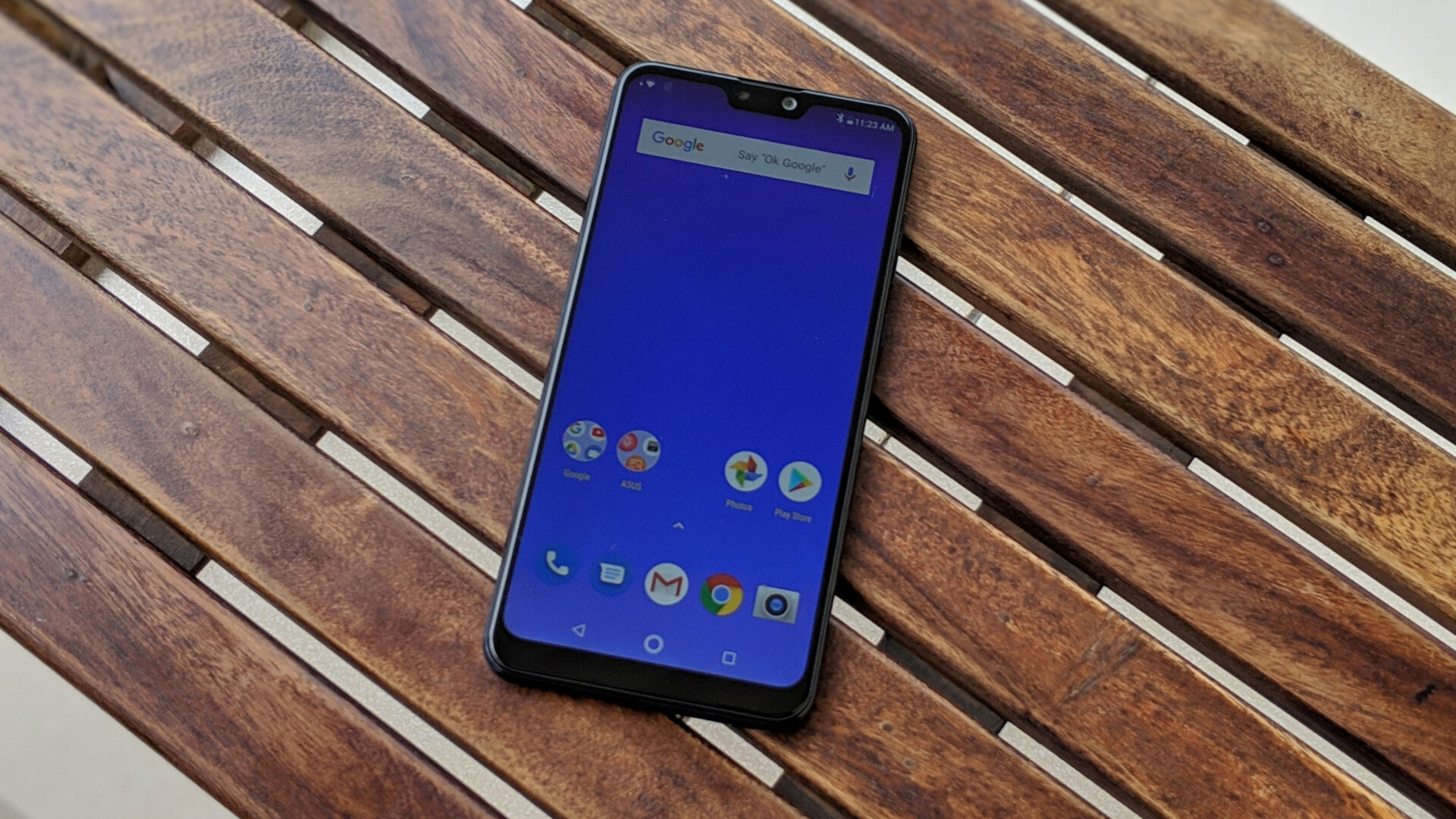Asus Zenfone Max Pro M2 hands on: Punching above

Earlier this year, Asus made a comeback of sorts in the Indian market. It was a while since the company had launched any smartphone in the country. Once a decent mid-segment player, ASUS lost the plot when it came to affordable smartphones amidst stiff competition from several Chinese players.
The Asus Zenfone Max Pro M1 was a solid comeback device. Developed especially for the Indian market based on consumer feedback, the Max Pro M1 was a well-rounded device that ticked all the boxes for an affordable smartphone. Asus then followed it up with the Asus Zenfone Max M1, a stripped-down variant of the same.
And here we are, before the end of 2018, with Asus launching the Asus Zenfone Max Pro M2, the successor of its star device. I spent some time with the smartphone in the days leading up to the launch, and here are my first impressions of the same.
Design

While the younger sibling Max M2 carries on the design legacy of the last generation, the Zenfone Max Pro M2 introduces a new glass design with ‘dynamic optical finish’ that totally ups the ante in visual appeal. There’s an overall premium feel to the device.
It looks quite rad, especially in the gorgeous color variants the phone comes in, and stands out in the sea of similar looking mid-range smartphones. It’s impressive that Asus has been able to pack in a large 5000mAh battery in a phone that weighs only 175 grams.
On the front, there’s a 6.3-inch Full HD+ display with Corning Gorilla Glass 6 protection. It’s the cheapest smartphone in the market with the latest Gorilla Glass 6 protection. The display offers punchy colors and good viewing angles overall.
The ZenFone Max Pro M2 features dual nano-SIM card slots and a dedicated microSD card.
Capable specifications sheet
Asus has offered a nice upgrade in terms of innards for the Zenfone Max Pro M2 from the M1. The company has opted for the much better Snapdragon 660 (instead of Snapdragon 636) processor.
There are three RAM variants – 3GB, 4GB, and 6GB – with 32GB or 64GB internal storage. I’ve been using the middle variant which holds up very well for my regular drill. It offers a fluid experience throughout, although I haven’t yet stress-tested it.
| Asus Zenfone Max Pro (M2) | |
|---|---|
| Display | 6.3-inch Full HD+ (2280 x 1080) LCD IPS 19:9 aspect ratio Corning Gorilla Glass 6 |
| SoC | Qualcomm Snapdragon 660 Octa core (4 x 2.2 GHz, Kryo 260 + 4 x 1.8 GHz, Kryo 260) |
| GPU | Adreno 512 |
| RAM | 3GB/4GB/6GB |
| Storage | 32GB/64GB Expandable up to 2TB with microSD card |
| Cameras | Rear camera: 12MP | Sony IMX486 sensor | f/1.8 aperture | 1.25μm pixel size 5MP secondary sensor for depth of field PDAF EIS Front camera: 13MP | f/2.0 aperture |
| Battery | 5000 mAh |
| Sensors | Fingerprint sensor Light sensor, Proximity sensor, Accelerometer, Compass, Gyroscope |
| Software | Android 8.1 Oreo |
| Dimensions and weight | 157.9 mm x 75.5 mm x 8.5 mm 175g |
Camera

For its segment, the dual camera setup on the Max Pro M2 looks good on paper. There’s the 12MP Sony IMX486 sensor with f/1.8 aperture combined with a 5MP depth sensor. There’s also EIS and support for 4K video recording.
Up front, you have a 13MP selfie camera with f/2.0 aperture and an LED flash.
With an upcoming FOTA update, Asus has confirmed that it will also bring AI scene detection to the Max Pro M2’s camera.
Stock Android
The Zenfone Max Pro M2 comes with stock Android after Asus decided to drop its proprietary UI layer – ZenUI – from the budget and mid-range segment. It’s clean and no-frills experience, with only three preloaded third-party apps (Facebook, Messenger, and Instagram).
While the phone ships with Android 8.1 Oreo out of the box, the company has confirmed that the smartphone will receive Android 9.0 Pie upgrade in January 2019.
Summary

At a starting price of ₹12,999 ($181) in India, the Asus Zenfone Max Pro M2 is a well-rounded affordable smartphone that tries to punch above its weight. There are upgrades across the board from the last generation and Asus has avoided pushing out only a progressive iteration.
The Max Pro M1 was a stellar device, and the Max Pro M2 looks no different from the first impressions. It’s got a beautiful design, very capable innards, and a massive battery. We’ll see how it fares in our comprehensive review.
from Android Authority https://ift.tt/2zU75uS
Comments
Post a Comment